(Prices correct as of today’s date, are updated daily, are subject to change and represent genuine availability at time of update).
Cruise only holidays are financially protected by ABTA. Fly cruise holidays are financially protected by Regent Seven Seas Cruises under ATOL number 10297
Please click here to check the essential travel requirements before booking this cruise.
Want to add a hotel stay or change your flights?
Just call our team of cruise specialists to help build your dream cruise holiday today!
Prices based on 2 people sharing. Cruise only price does not include flights. Fly-cruise price may vary by chosen UK airport.
Included with Cruise & Fly -
Blacklane Chauffeur credit of up to $500*
Flights and overseas transfers
Up to 159 included shore excursions
Book a Concierge Suite or above and receive a one-night pre-cruise hotel stay in Istanbul
THE
SIXSTARCRUISES DIFFERENCE
Our sister brand SixStarCruises specialise in luxury and ultra luxury cruise holidays. Click here to view this itinerary in full and speak to one of our specialist cruise concierge today. Our team are here to help you plan your perfect cruise holiday and guide you with first hand experience with more time on board than any other UK luxury travel agent.
 CONCIERGE
CONCIERGE
EXPERTISE FIRST-CLSS
FIRST-CLSS
SERVICE LONG-ESTABLISHED
LONG-ESTABLISHED
BUSINESS CRUISE LINE
CRUISE LINE
RELATIONSHIPS BOOKING
BOOKING
CONFIDENCE
 ATOL & ABTA
ATOL & ABTA
SECURITY EXCELLENT CUSTOMER SERVICE rated 4.8 / 5
EXCELLENT CUSTOMER SERVICE rated 4.8 / 5
Itinerary
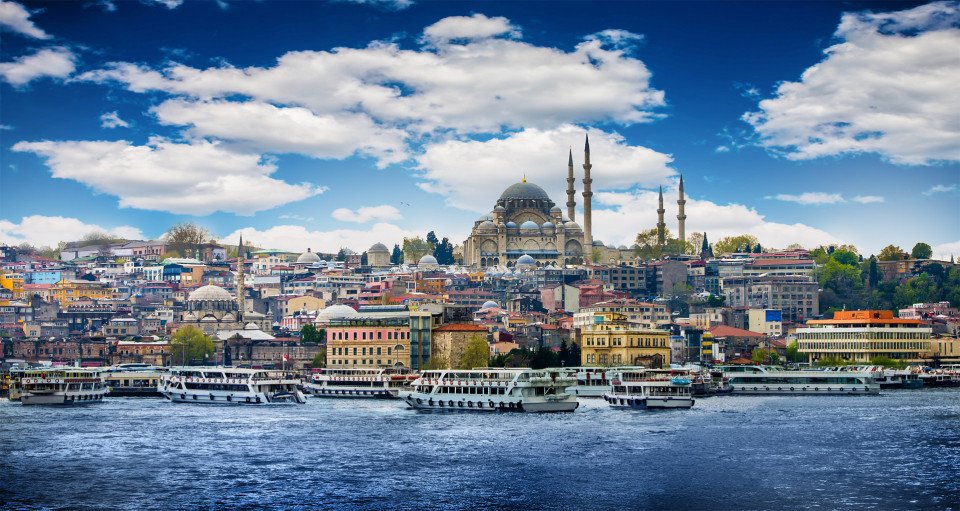
Istanbul
The only city in the world that can lay claim to straddling two continents, Istanbul—once known as Constantinople, capital of the Byzantine and then the Ottoman Empire—has for centuries been a bustling metropolis with one foot in Europe and the other in Asia. Istanbul embraces this env ... Read More
Istanbul
Bozcaada
Thessaloníki
Mykonos
Piraeus
Piraeus
Khania
Santorini
Katakolon
Corfu
Kotor
Dubrovnik
At Sea
Trieste
Zadar
Split
Bari
Igoumenítsa
Argostoli
Messina
Valletta
La Goulette
Cruising the Tyrrhenian Sea
Livorno
Civitavecchia
What's Included with
Regent Seven Seas Cruises
Regent is a premium cruise line, offering luxurious facilities within an all-inclusive package. Enjoy amenities such as all-suite accommodations, unlimited shore excursions, unlimited internet access, world-class cuisine as well as fine wines and spirits.
The cruise line boasts a five-ship fleet which sails to over 450 destinations throughout the world, exploring stunning ports and delightful destinations as you enjoy the comfort and decadence of Regent's on-board facilities.
Entertainment throughout the day and evening
Return flights included from a choice of UK airports (fly cruise bookings only)
WiFi included on-board
Gratuities included on-board
24-hour room service
Self-service laundry
Shuttle service to and from ports and airport where available
Unlimited beverages
In-suite mini bar replenished daily
Butler service for selected suites
1:1.5 staff to guest ratio
Unlimited shore excursions
Luxurious, all-suite accommodation
Explore Seven Seas Splendor
There's so much to do on the Seven Seas Splendor. On-board facilities include entertainment venues such as the Constellation Theater and Observation Lounge, as well as the Culinary Arts Kitchen which offers cookery classes to on-board passengers.
Indulge in fine dining experiences with an array of eating options, including Compass Rose, Coffee Connection, Pacific Rim, Chartreuse, Prime 7 and La Veranda. Out on deck, you will find an infinity pool and putting green - while the ultimate relaxation options can be found in the on-board spa.
The Seven Seas Splendor ship embraces intricate marble patterns and sparkling chandeliers which will guide you deck-by-deck through the cruise's interior, adorned with inspiring spaces which provide sophistication and ambience - a signature Regent Seven Seas Cruises experience.










Coffee Connection
So much more than a great spot for coffee – this specially designed Coffee Connection is a chic metropolitan café with an ocean view that’s impossible to beat.
Sitting and chatting with newfound friends over barista-made coffee has long been a favourite pastime for our guests. Aboard Seven Seas Splendor™ you can now do so in an expanded outdoor section. Our chic metropolitan café with an elegant interior of muted pastels and crisp whites now seamlessly transitions to trendy al fresco seating, where you can sit and chat with clear views of the shimmering sea.










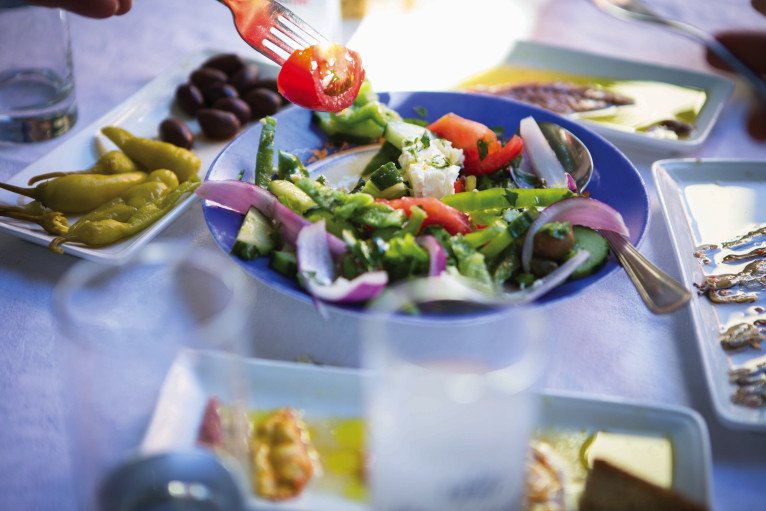
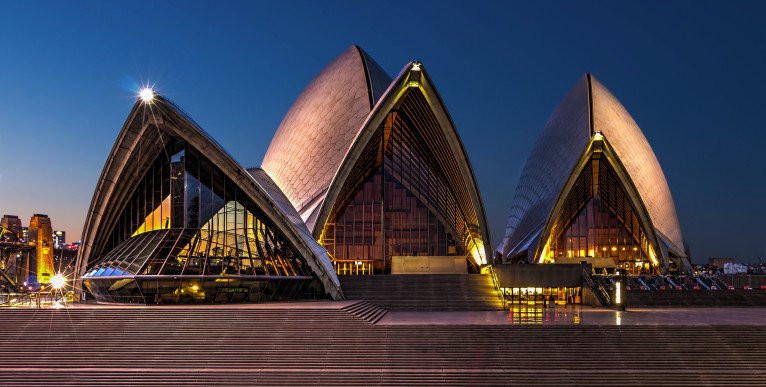
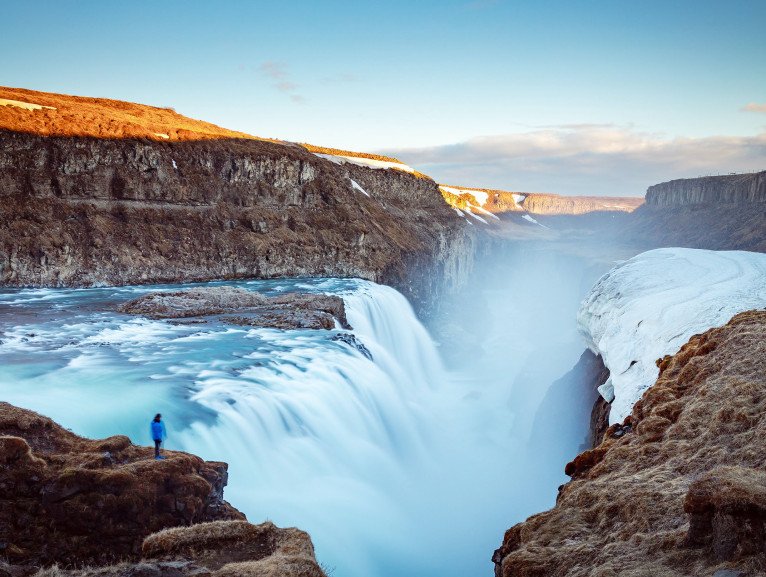


Culinary Arts Kitchen
Step into a welcoming environment, reminiscent of the world’s distinguished culinary institutions in both layout and design, with workstations fully equipped with top-of-the-line induction cooktops, stainless steel sinks and a comprehensive collection of cooking essentials. Guests attending classes in the Culinary Arts Kitchen will receive highly individualised, hands-on instruction. The curriculum will appeal to a wide range of tastes and cater to all levels of aptitude, from beginner to experienced chefs.
Taste, learn and share with the Culinary Arts Kitchen and Regent Seven Seas Cruises®.
Join expert chefs in a state-of-the-art teaching kitchen on board Seven Seas GrandeurTM, Seven Seas Splendor® or Seven Seas Explorer®. Learn to prepare authentic local recipes, and savour the flavours of the regions you are visiting.
Culinary Arts Kitchen Classes
The Culinary Arts Kitchen aboard Seven Seas Splendor and Seven Seas Explorer will provide guests with all the ingredients to expand their culinary skills in a welcoming environment reminiscent of the most prestigious cooking schools in France in both layout and design. The culinary workstations are fully equipped with top-of-the-line induction cooktops, stainless steel sinks and a comprehensive collection of cooking essentials. Guests attending classes in the Culinary Arts Kitchen will receive highly-individualised hands on instruction. The curriculum will appeal to a wide range of tastes and cater to all levels of aptitude, from beginner to experienced chef instructors. Click here for a full list of culinary classes currently available, which vary by voyage.
PLEASE NOTE: In order to ensure the adequate amount of supplies and set-up materials for each culinary class, cancellations within 36 hours prior to the day of operation of the culinary class are non-refundable. Classes may be cancelled if minimum participation levels are not met. Classes and recipes are subject to change at any time without notice.


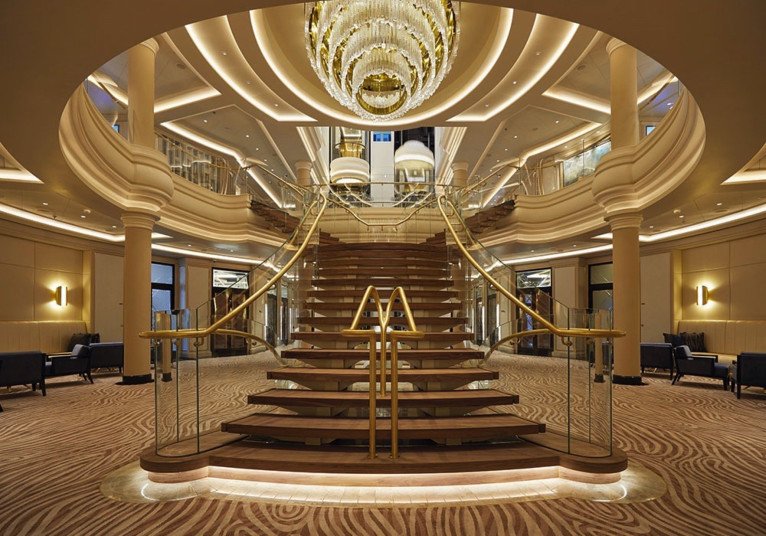





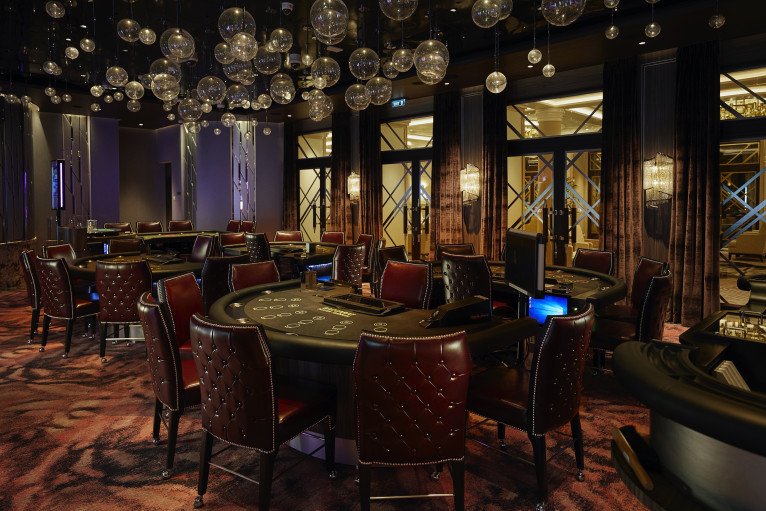
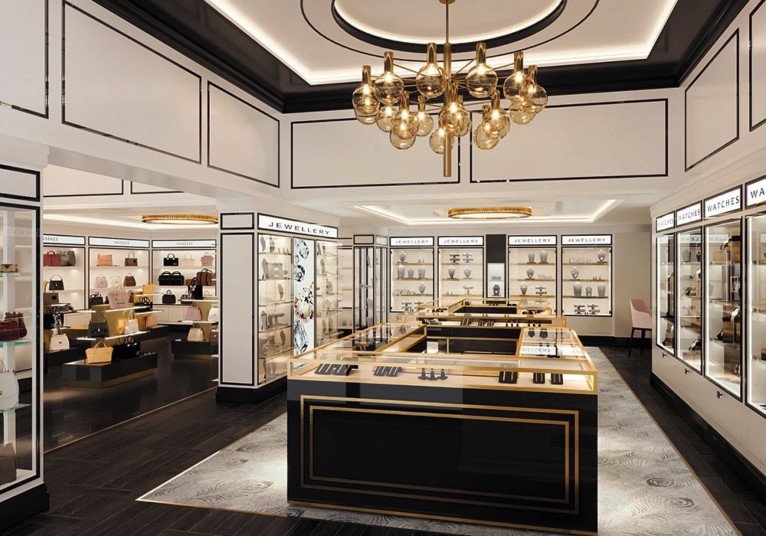


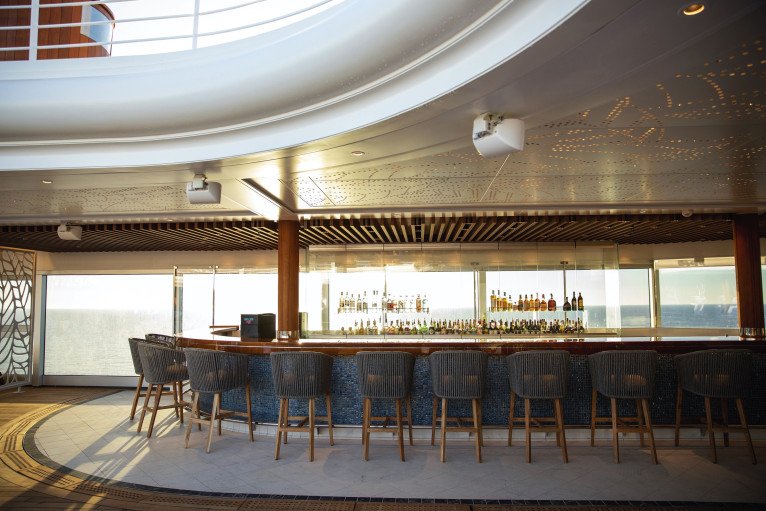

General Manager, Reception & Concierge
Our welcoming Reception Desk is open 24 hours a day and our staff is happy to answer your questions and provide any general assistance you may need.
Have your every wish, whim and want fulfilled at our welcoming Reception Desk. Our office staff is available 24 hours a day to answer your questions – the ship's Concierge may be contacted at the Reception Desk as well. He or she is eager to provide you with general assistance and help you make the most of your voyage.
While cruise-related issues are first submitted to Reception/Concierge, you can be assured that a General Manager is on hand to resolve issues to your satisfaction.
Accountability is a critical aspect of providing you with an unrivalled experience on Regent Seven Seas Cruises®. As a guest you’ll always know where to find our General Manager, whose sole responsibility is making sure things are running as they should – and that includes providing you with superior customer service.

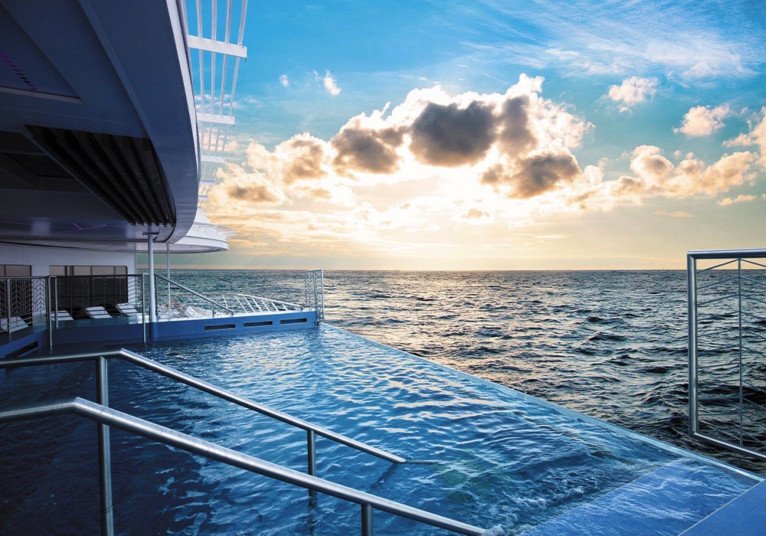

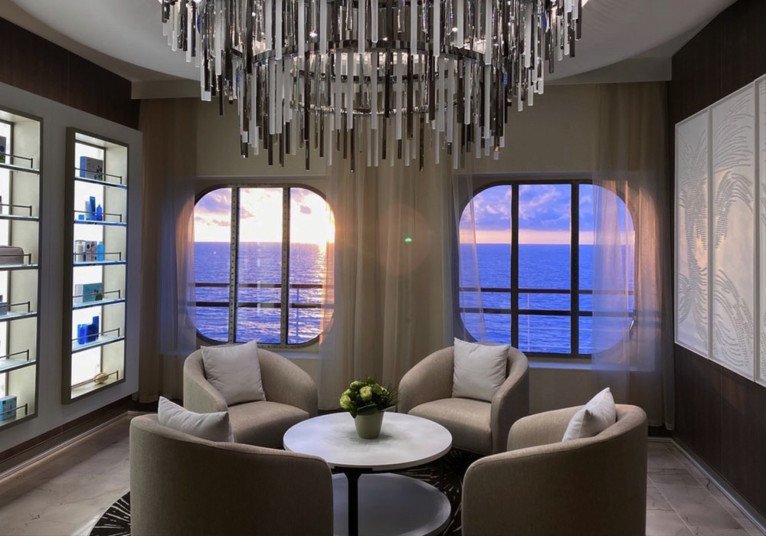



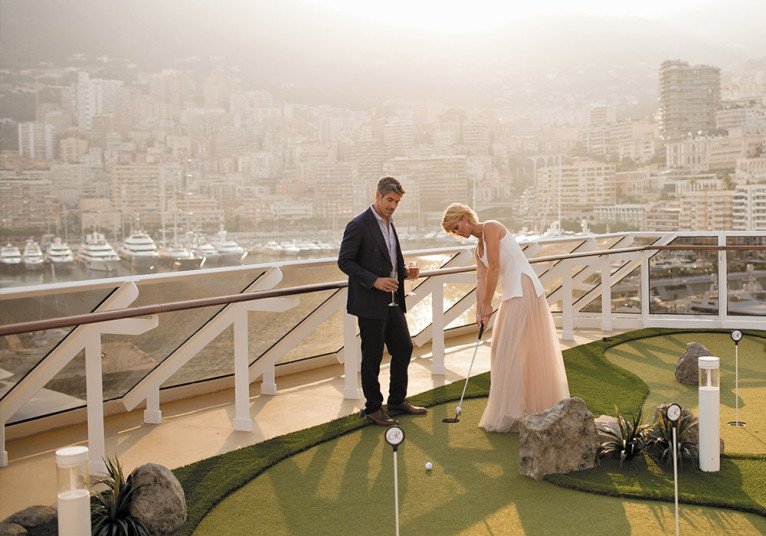


Fitness Centre
Look after yourself at sea. Take part in Pilates, yoga and aerobics classes or help yourself to spinning bikes, dumbbells, treadmills, Technogym Strength Machines, workout mats and step benches. For guests 16 and over.
Serene Spa & Wellness™ fitness experts lead popular exercise classes, such as Pilates, yoga and meditation and are on hand to offer advice and demonstrate the use of fitness equipment. Equipment includes spinning bikes, dumbbells, treadmills, Technogym Strength Machines, workout mats and step benches. One-on-one training can be arranged with a fitness instructor. Guests under the age of 16 are not permitted in the Fitness Centre.

Club Mariner
Families with young travellers will enjoy our Club Mariner Youth Program on select voyages. Children ages 5 to 17 can participate in a range of specialised activities, from mini-putt tournaments to dance parties to movie nights. Each program is designed and supervised by friendly and professional youth counsellors.
Club Mariner is available on select sailings only. Please ask your travel professional for details.
Deck 14

- Regent Suite
- Penthouse Suite A
- Concierge Suite D
Deck 12

- Putting Green
- Paddle Tennis Court
- Bocce Court
- Shuffleboard
- Golf Net
- Sports Deck
- Jogging Track
- Grand Suite GS
- Splendor Suite SP
- Penthouse Suite A
- Concierge Suite D
Deck 11

- La Veranda
- Sette Mari
- Pool Bar
- Pool Grill
- Pool
- Culinary Arts Kitchen
- Library
- Connoisseur Club
- Card Room
- Observation Lounge
Deck 10

- The Study
- Prime 7
- Chartreuse
- Bridge
- Grand Suite GS
- Concierge Suite D
- Splendor Suite SP
- Seven Seas Suite SS
- Penthouse Suite A / B
- Superior Suite F1
Deck 9

- Master Suite MS
- Grand Suite GS
- Splendor Suite SP
- Seven Seas Suite SS
- Penthouse Suite A / B / C
- Concierge Suite D / E
- Superior Suite F1 / F2
Deck 8

- Master Suite MS
- Seven Seas Suite SS
- Penthouse Suite B / C
- Concierge Suite D / E
- Superior Suite F1 / F2
- Deluxe Veranda Suite G2
Deck 7

- Grand Suite GS
- Seven Seas Suite SS
- Penthouse Suite B / C
- Concierge Suite D / E
- Superior Suite F1 / F2
- Veranda Suite H
Deck 6

- Fitness Centre
- Concierge Suite E
- Penthouse Suite B
- Deluxe Veranda Suite G1 / G2
- Veranda Suite H
Deck 5

- Atrium
- Coffee Connection
- Constellation Theater
- Infinity-Edge Plunge Pool
- Meridian Lounge
- Pacific Rim
- Serena Spa & Wellness
- Destination Services
- Reception & Concierge
- Business Centre
Deck 4

- Atrium
- Boutiques
- Casino
- Compass Rose
- Splendor Lounge
Seven Seas Splendor Cabins & Suites
On-board accommodation will comprise a range of suites - from a Veranda Suite to Regent Suite. Many include free unlimited Wi-Fi, luxurious bathroom amenities, plush bathrobes and slippers and a personalised in-suite mini-bar. Discover your Seven Seas Splendor cruise cabin or suite below.












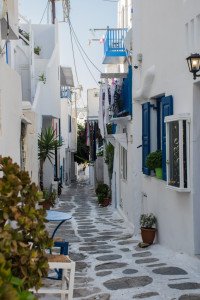
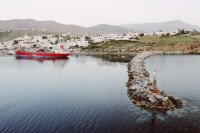
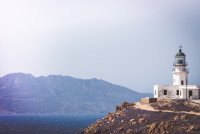

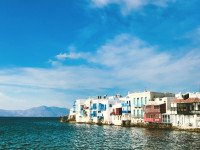
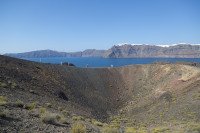

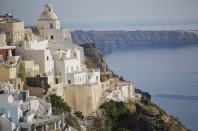

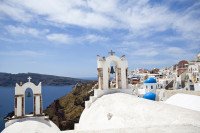
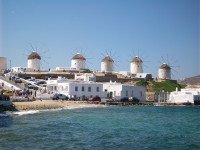

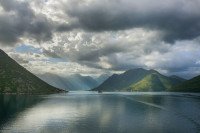
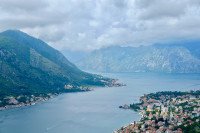
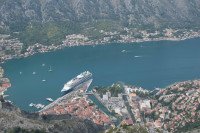
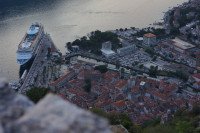
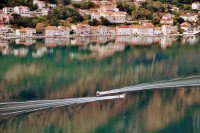
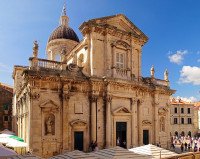
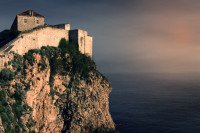
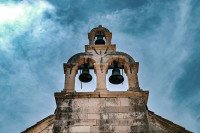
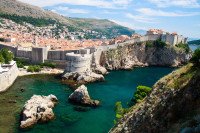
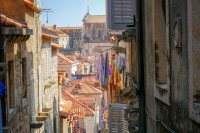
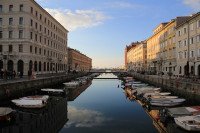
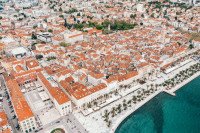

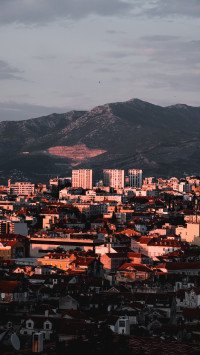
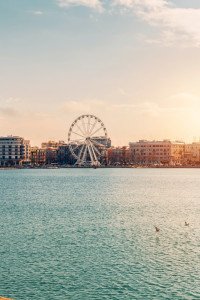
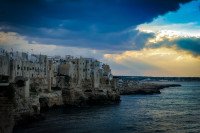
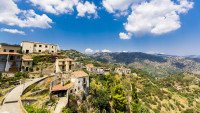
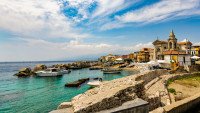
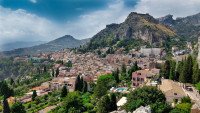


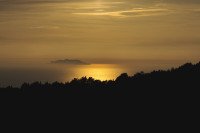
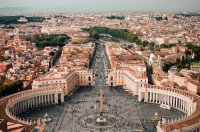
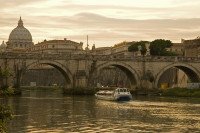
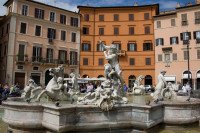
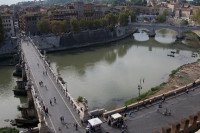
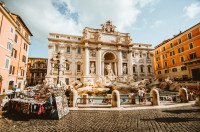
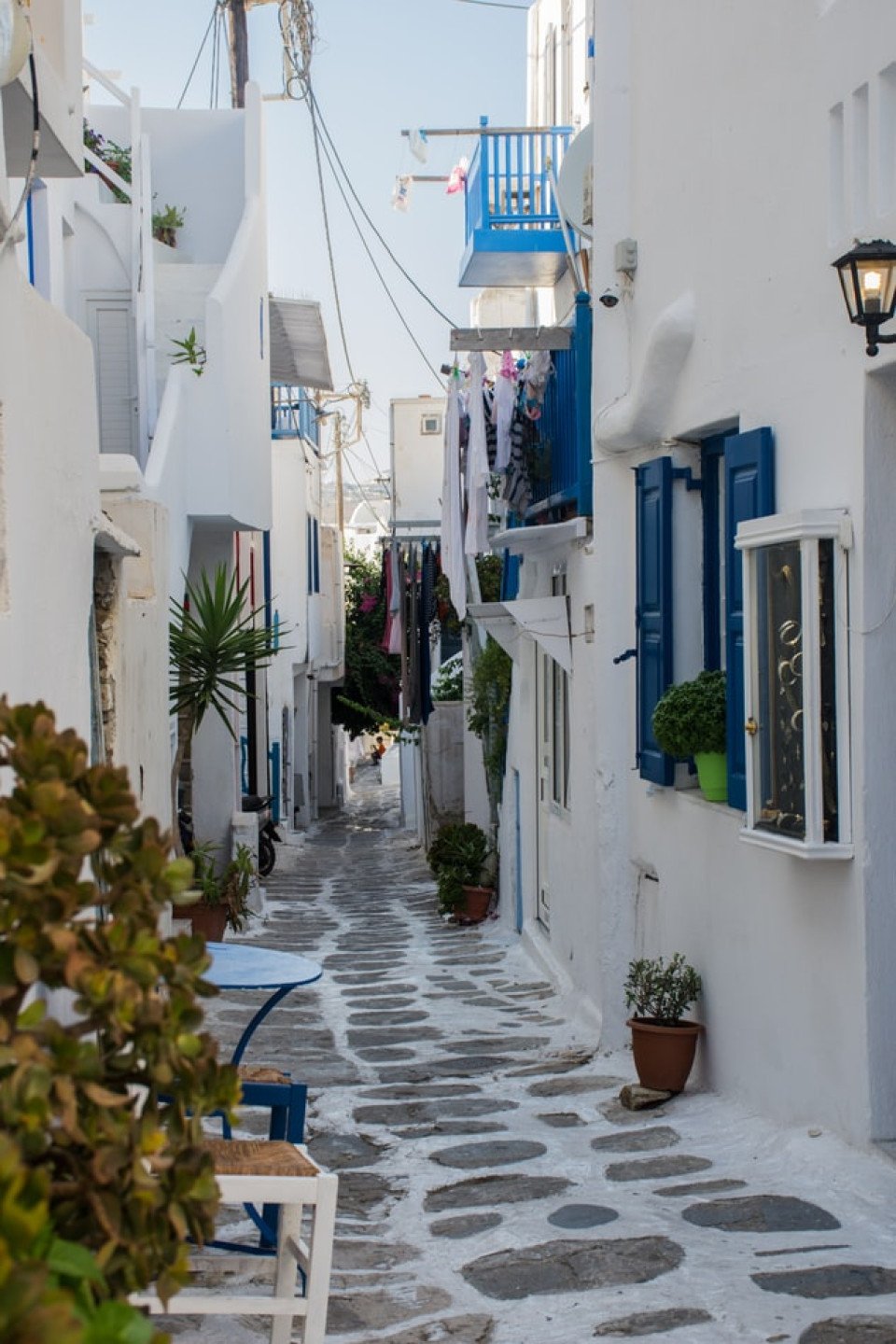
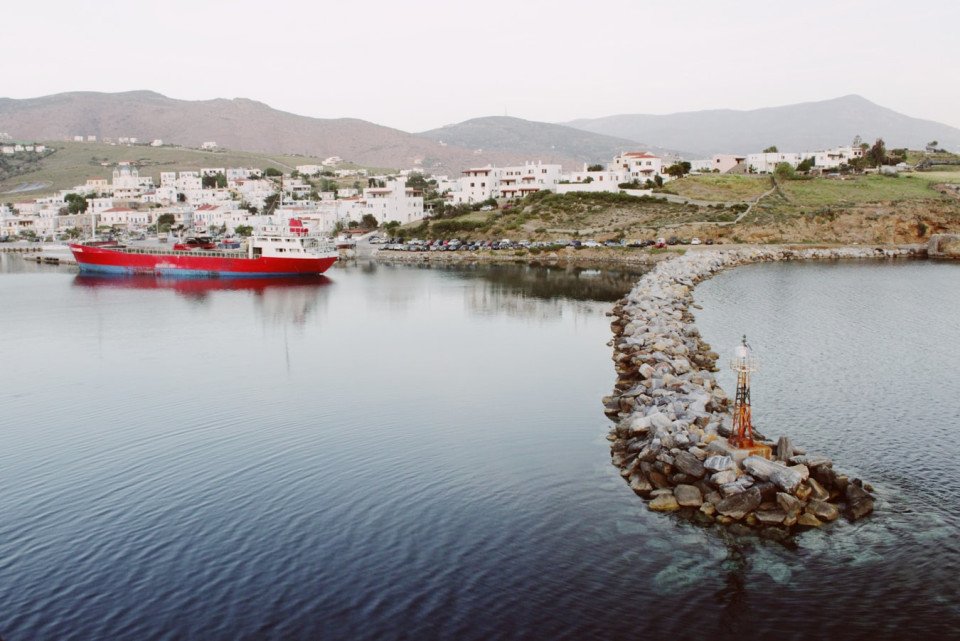
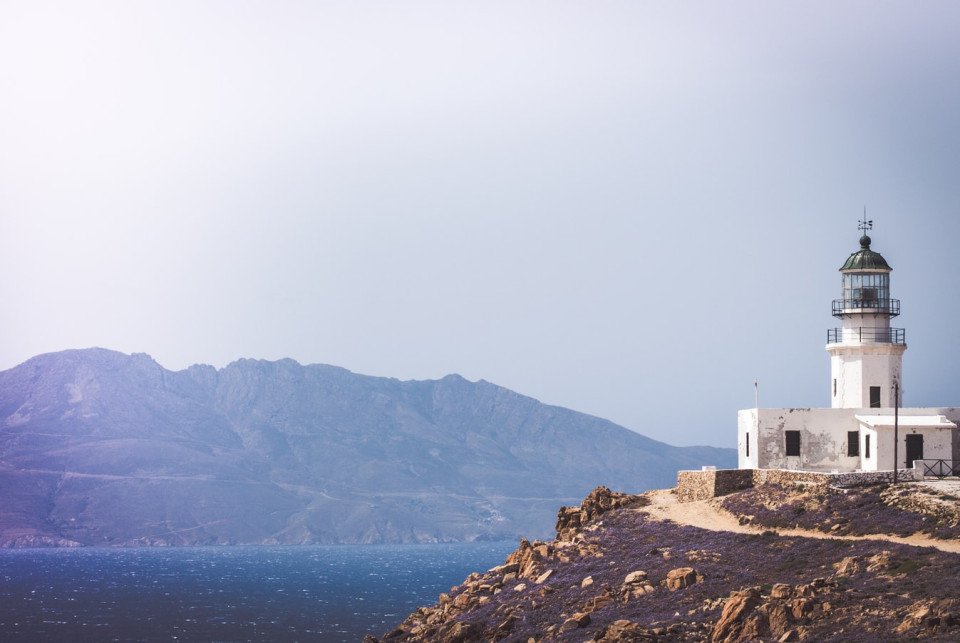
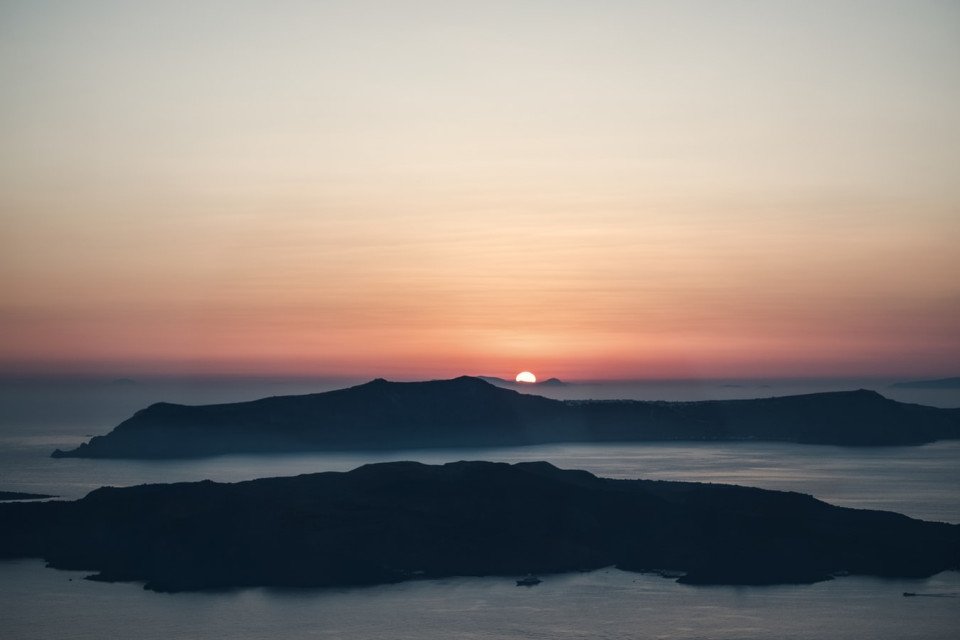
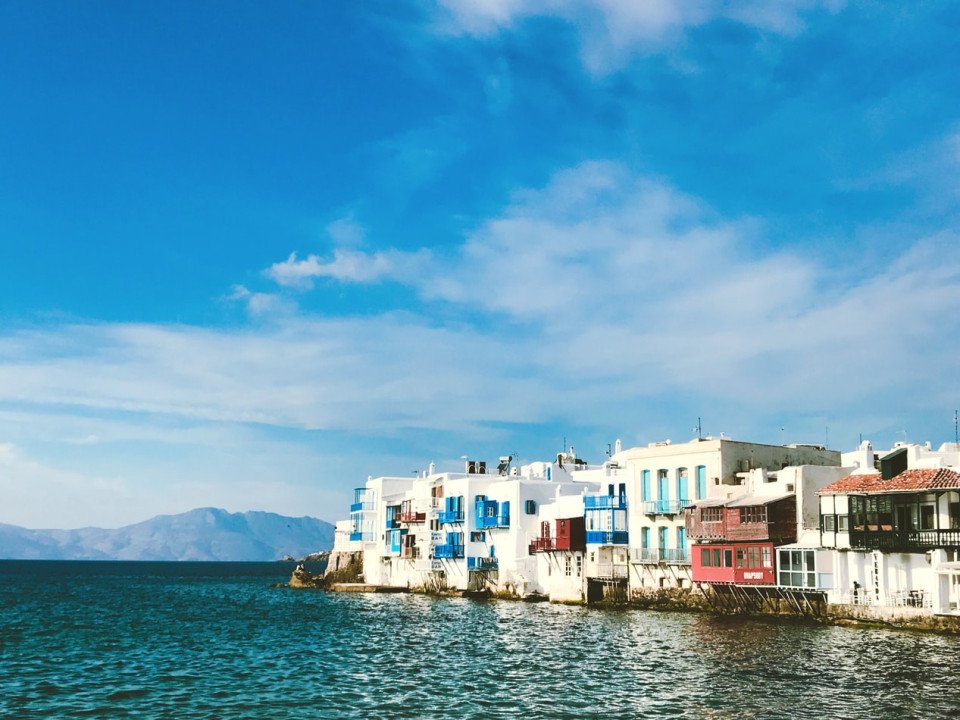
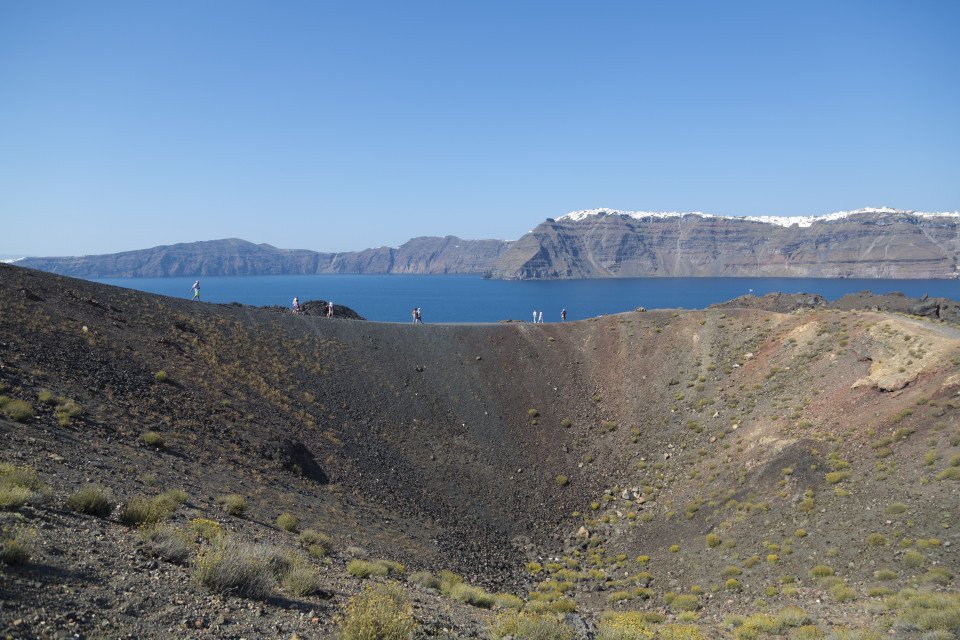

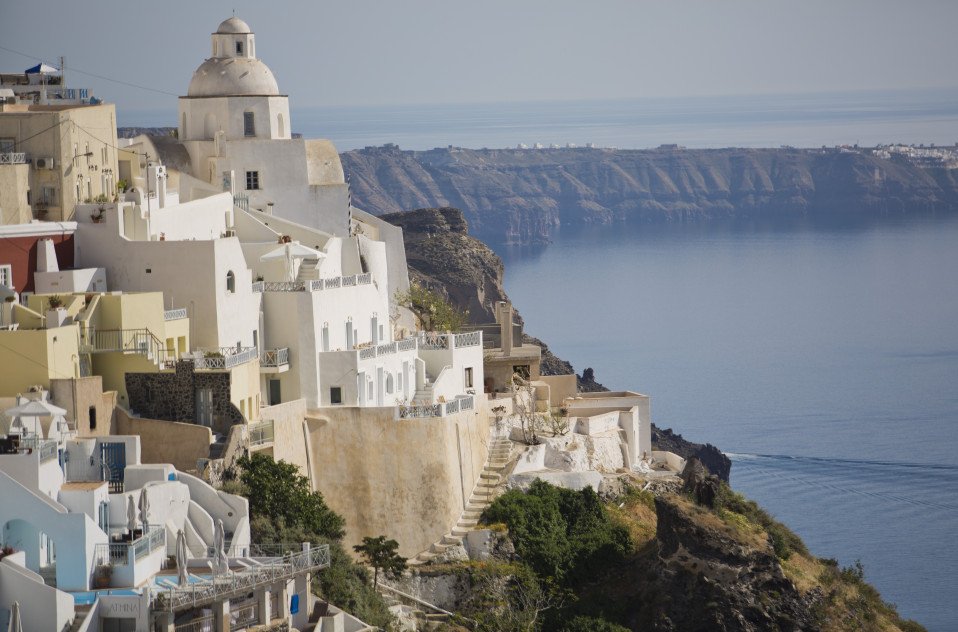


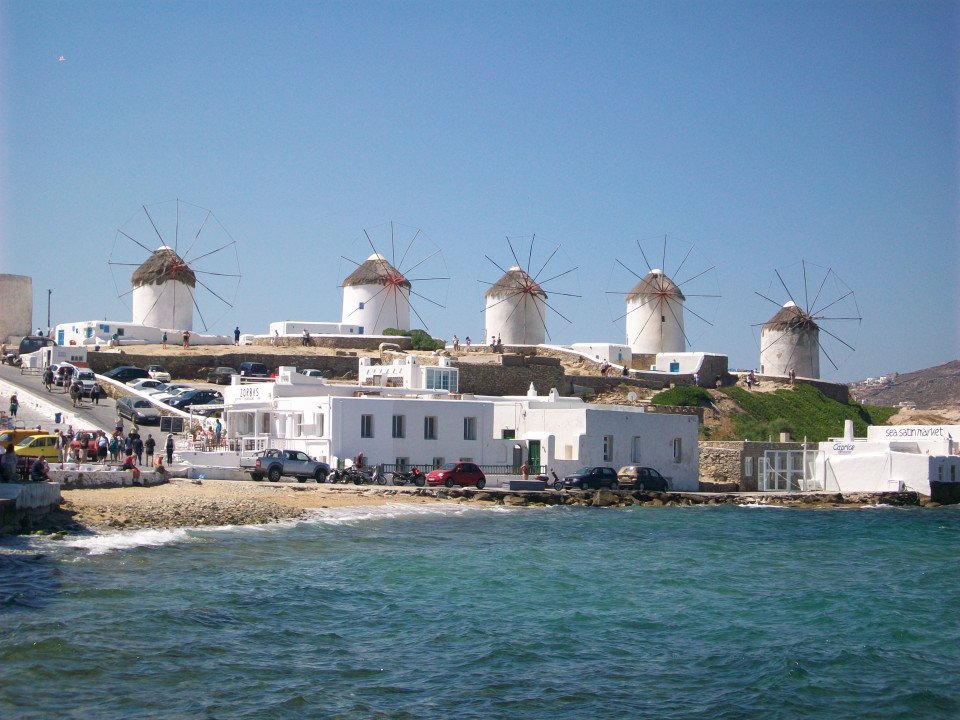
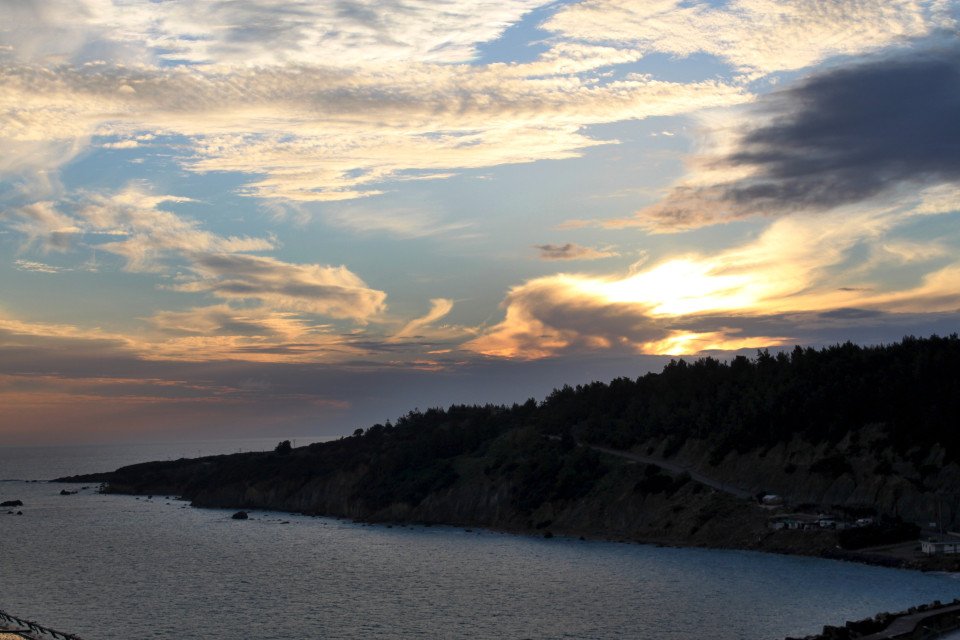
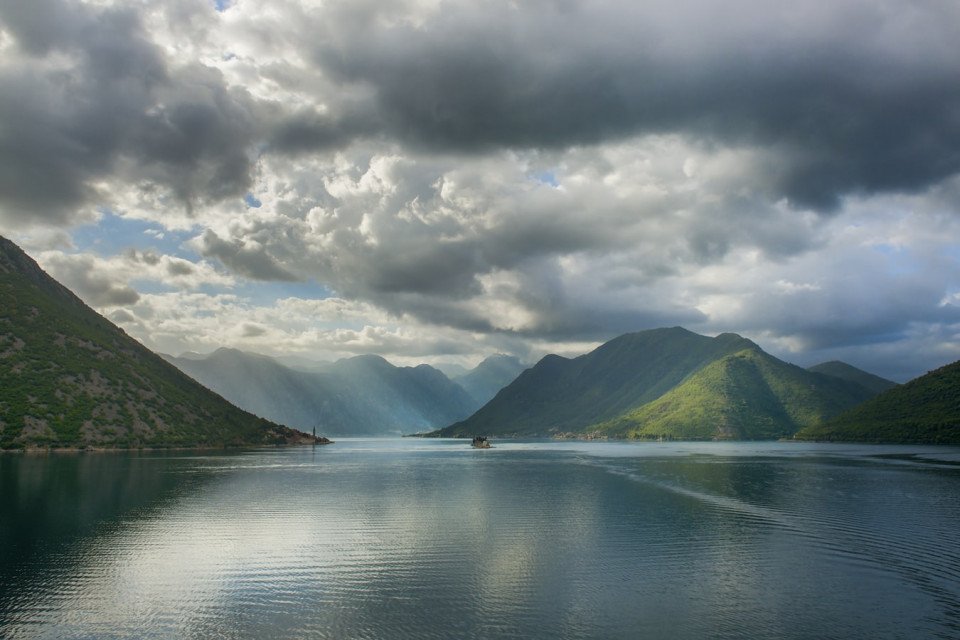
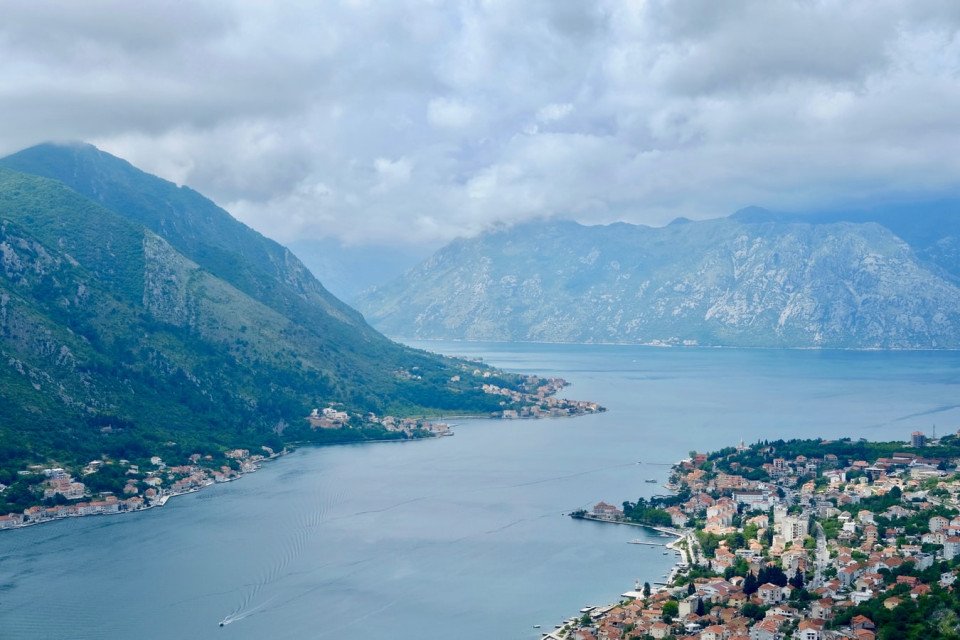

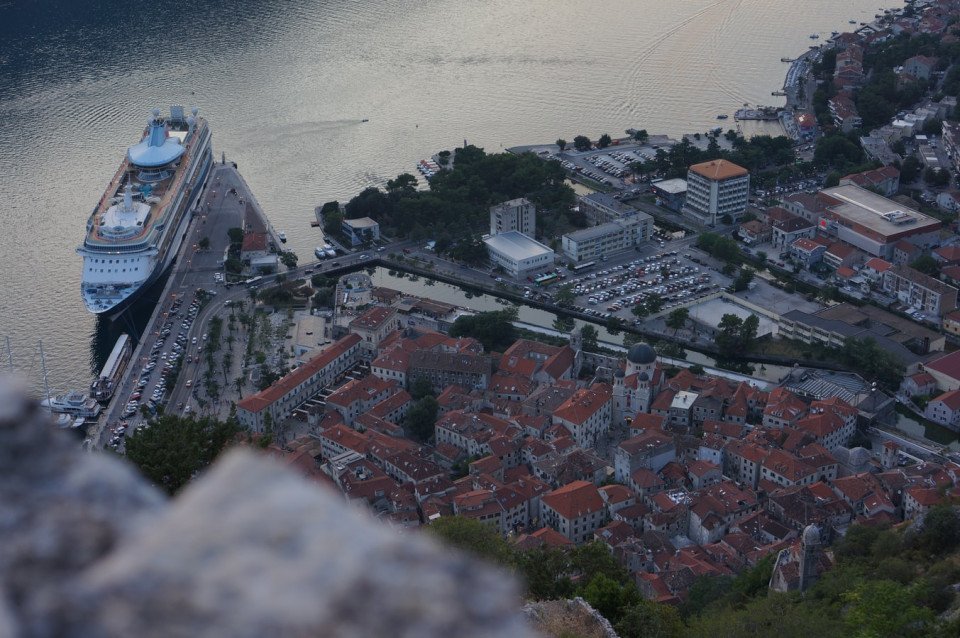
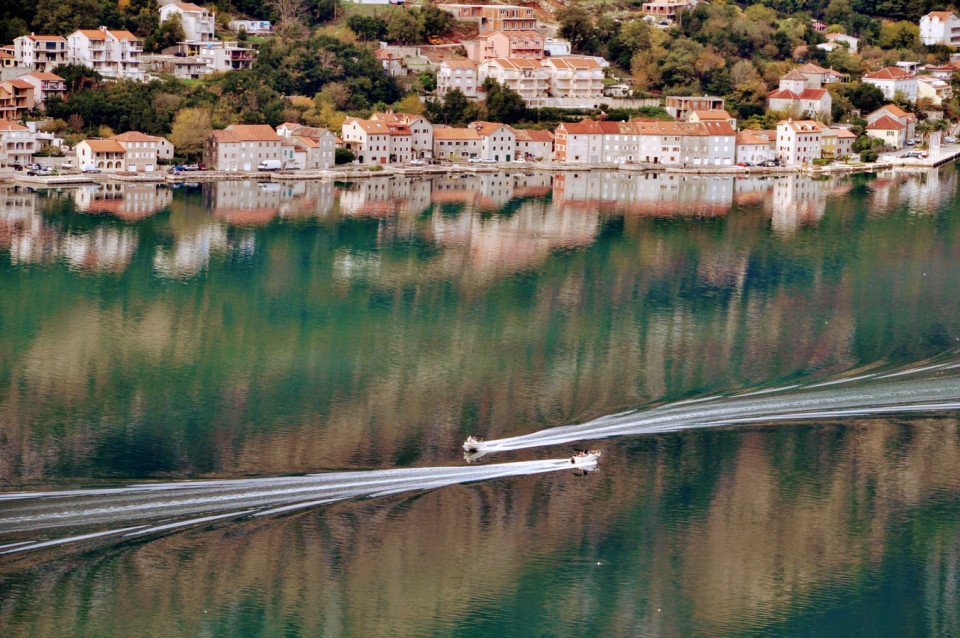
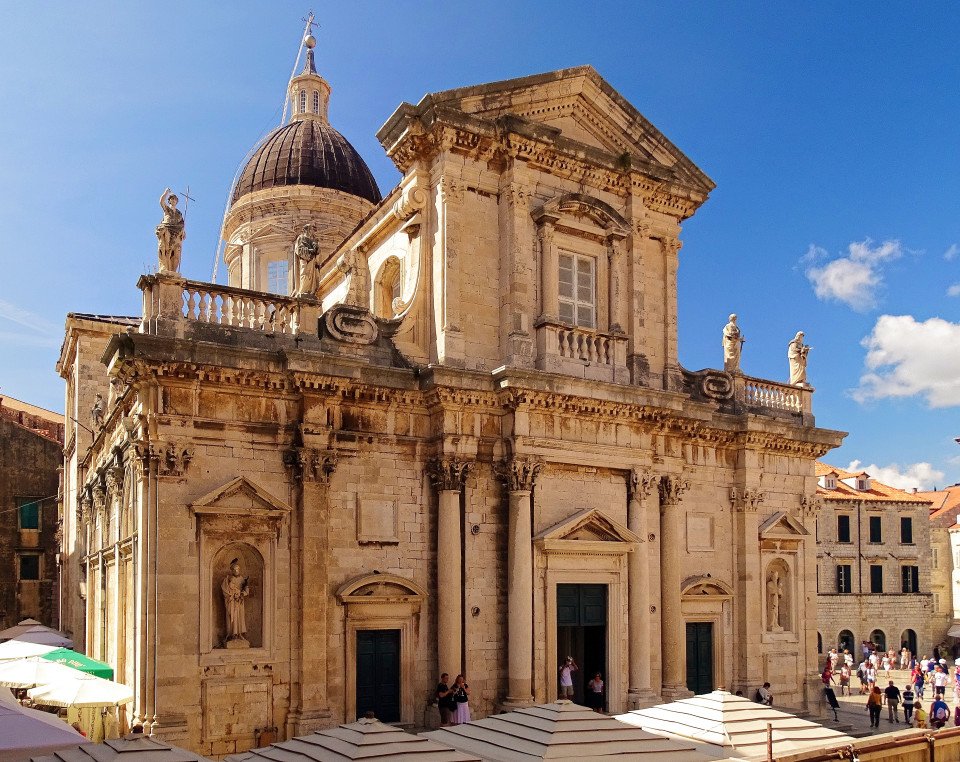
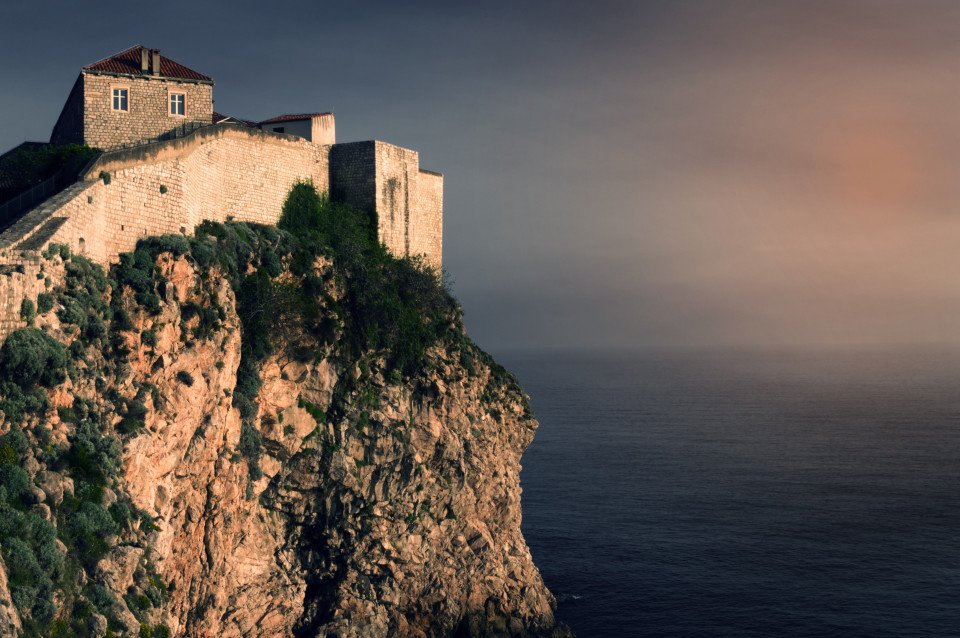
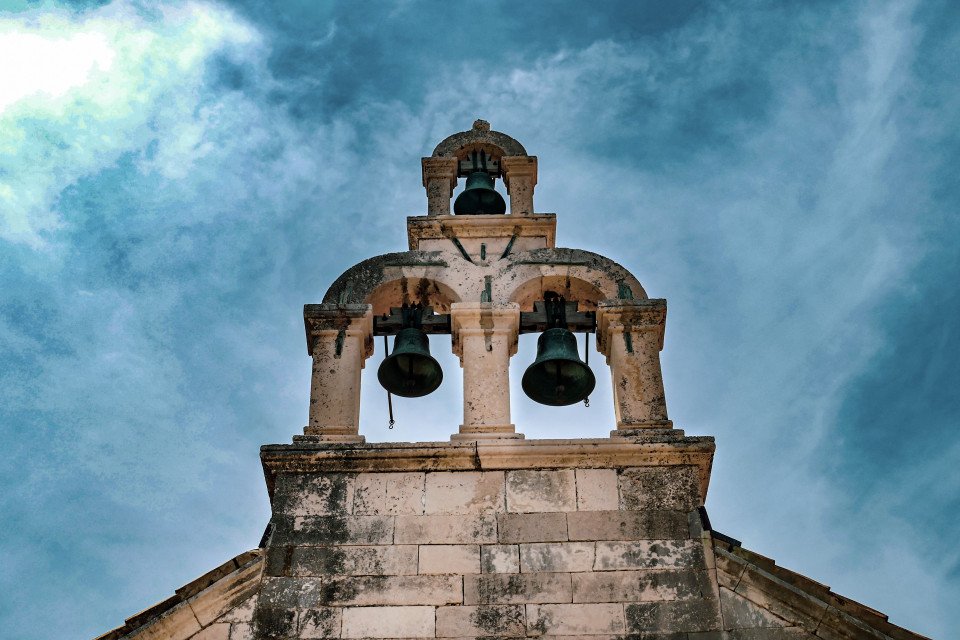
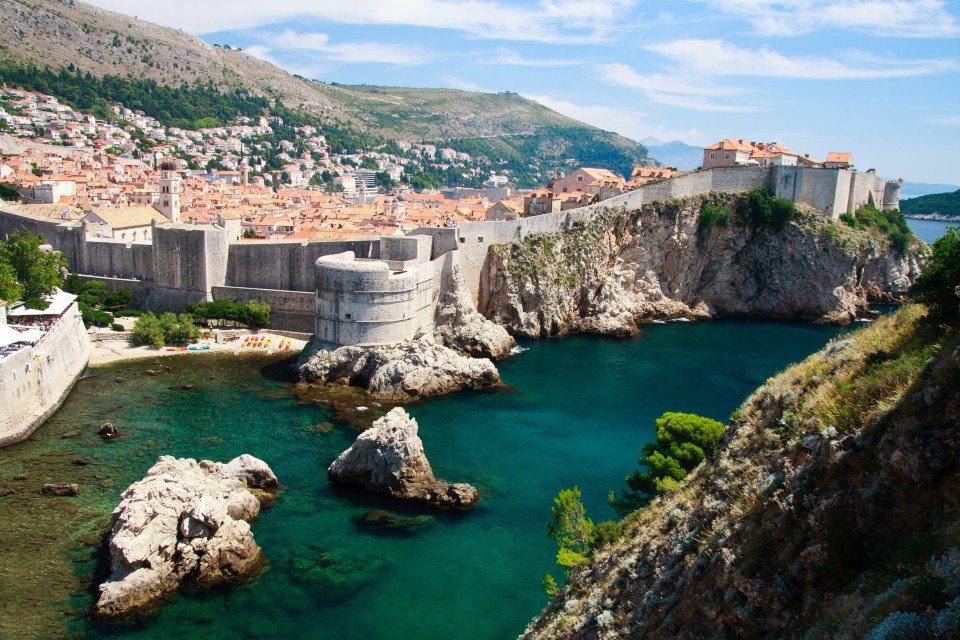
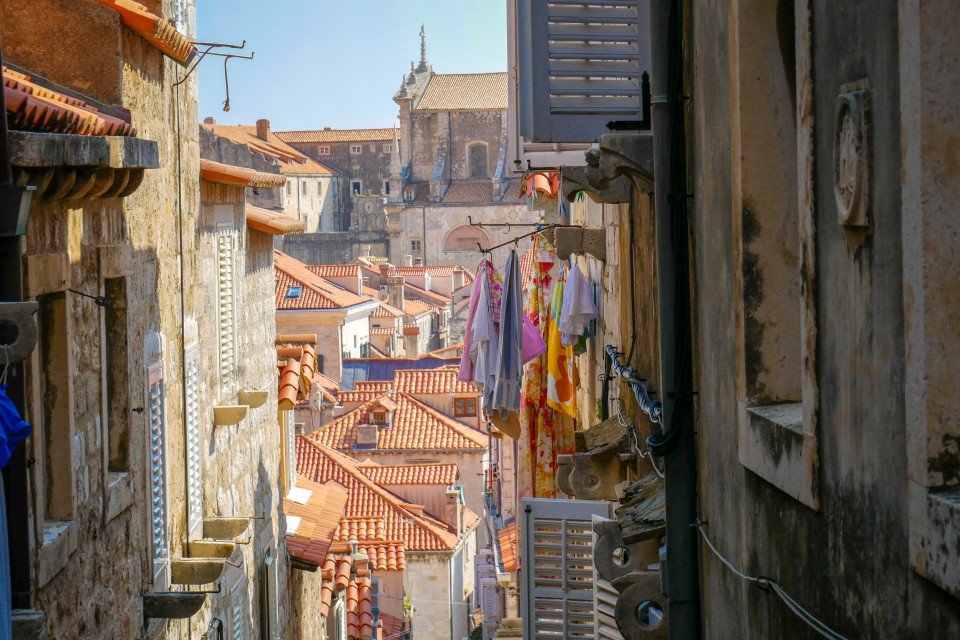
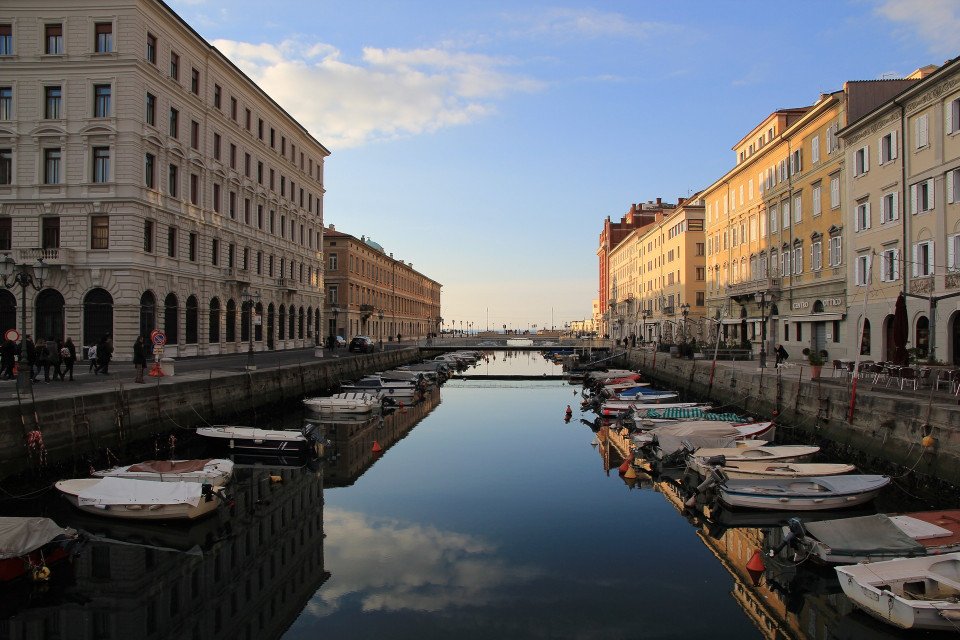
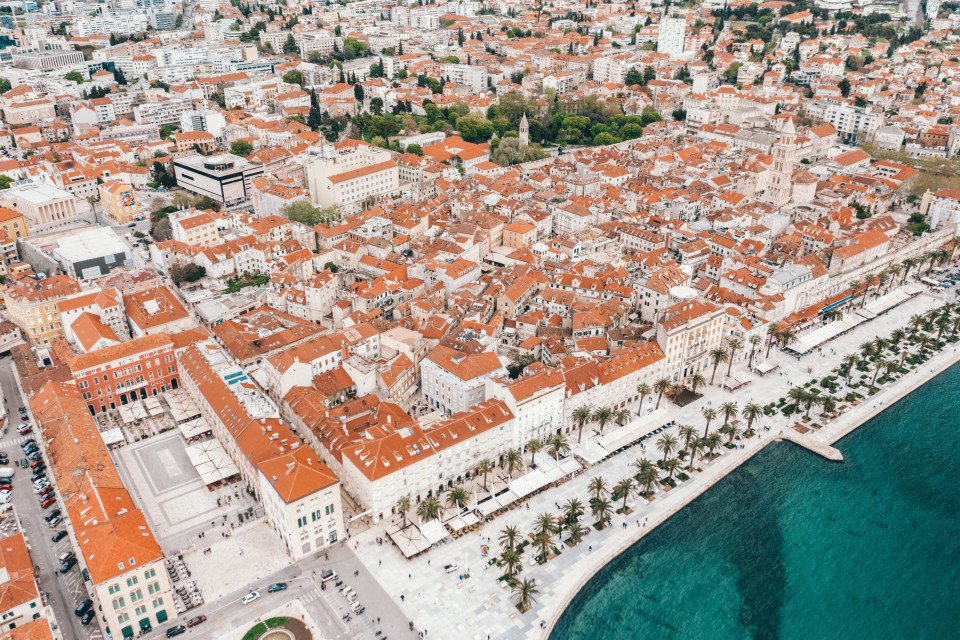
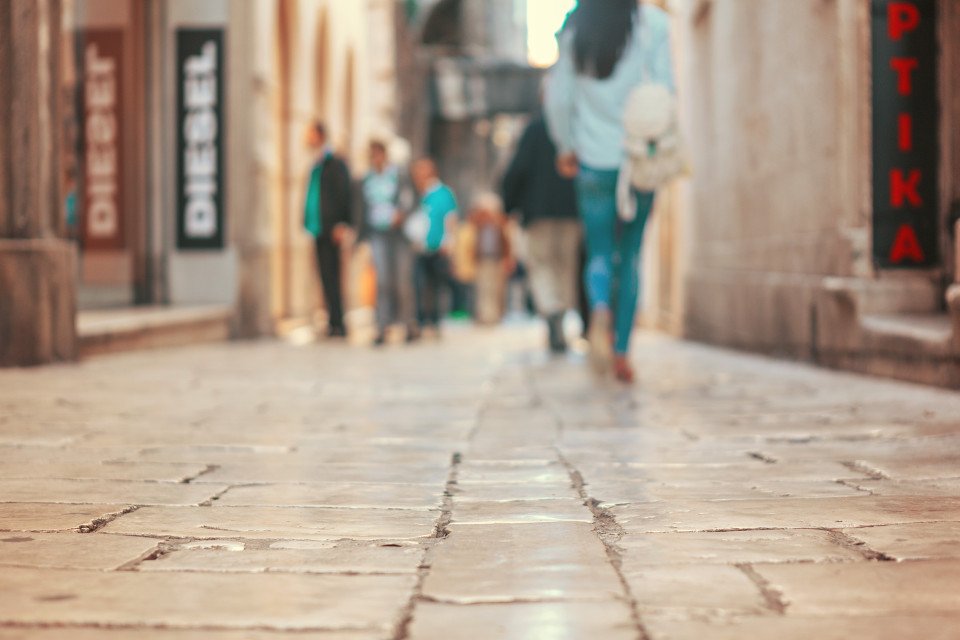
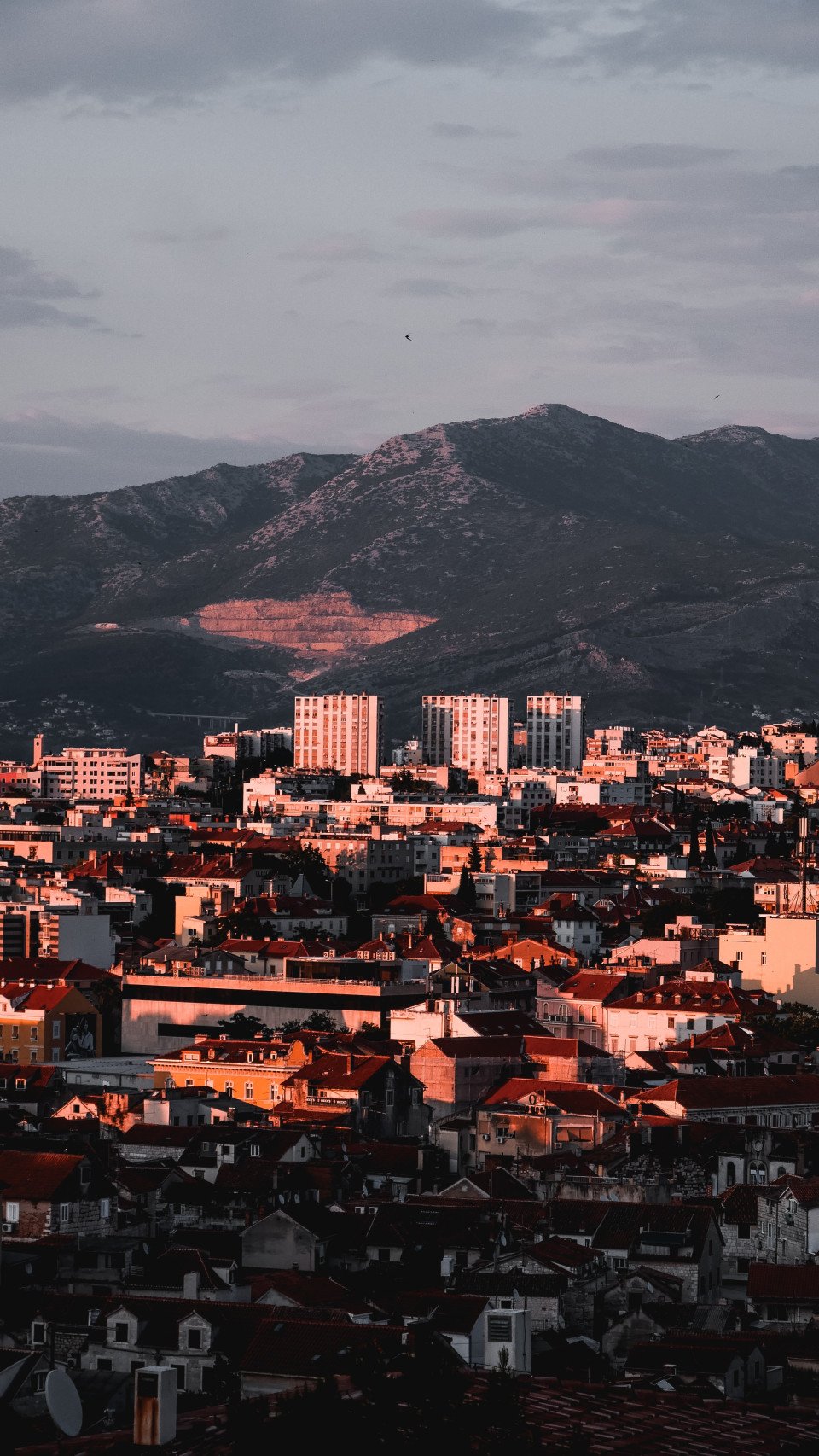

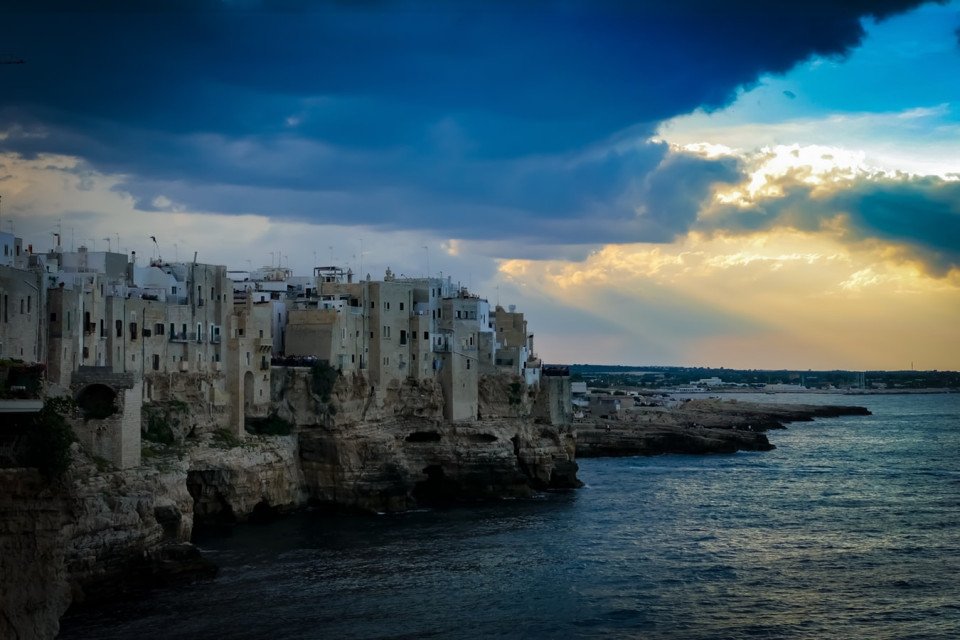
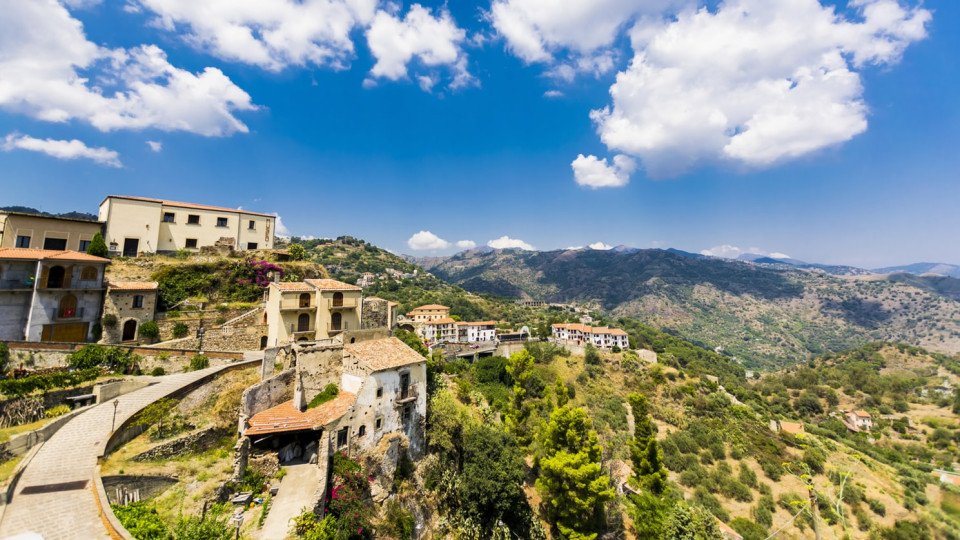
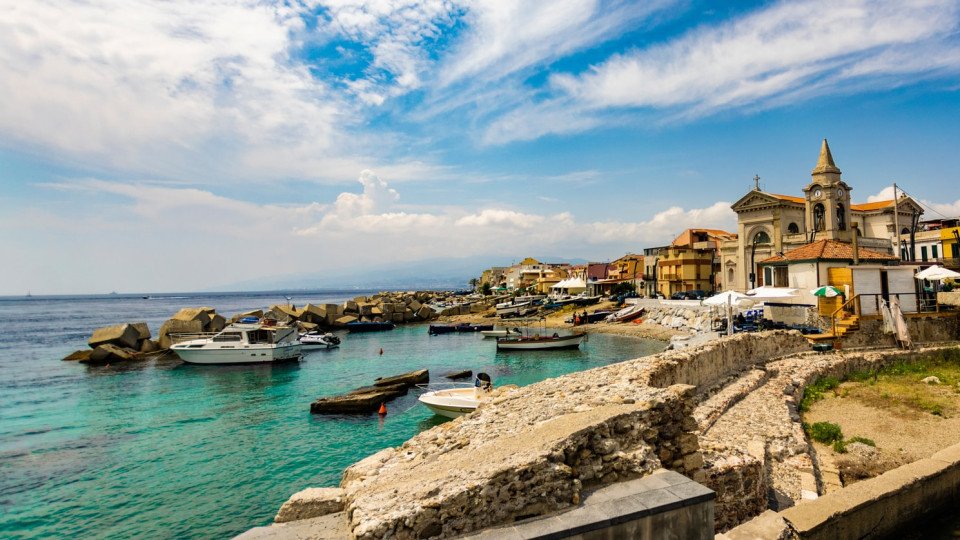
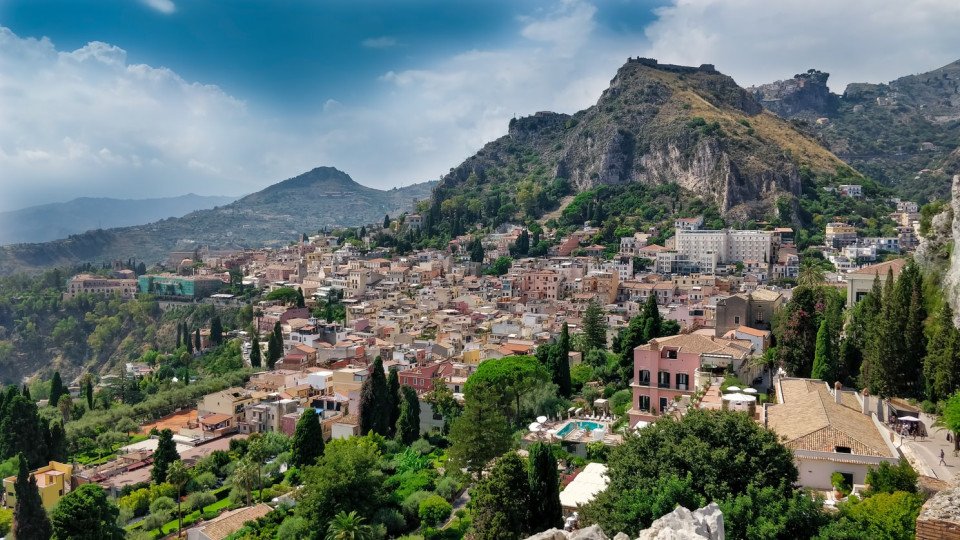
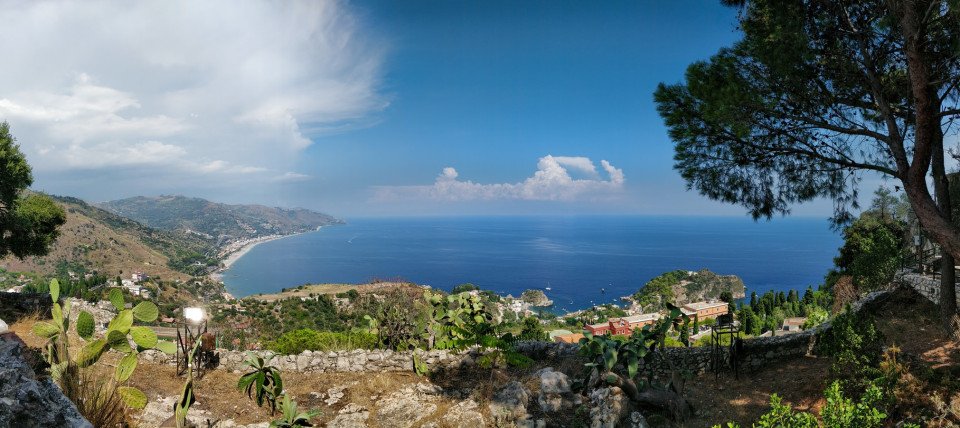
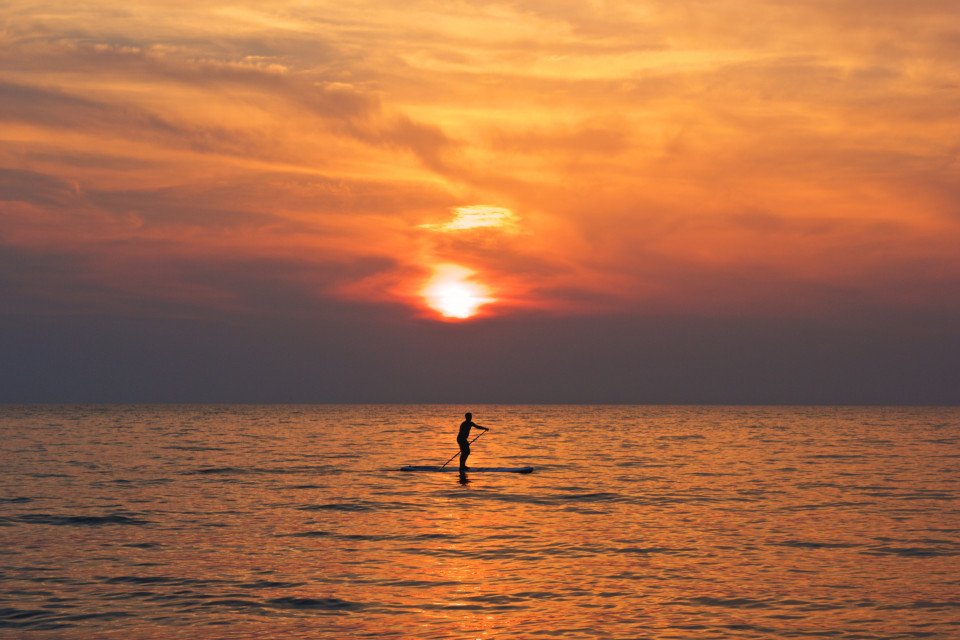
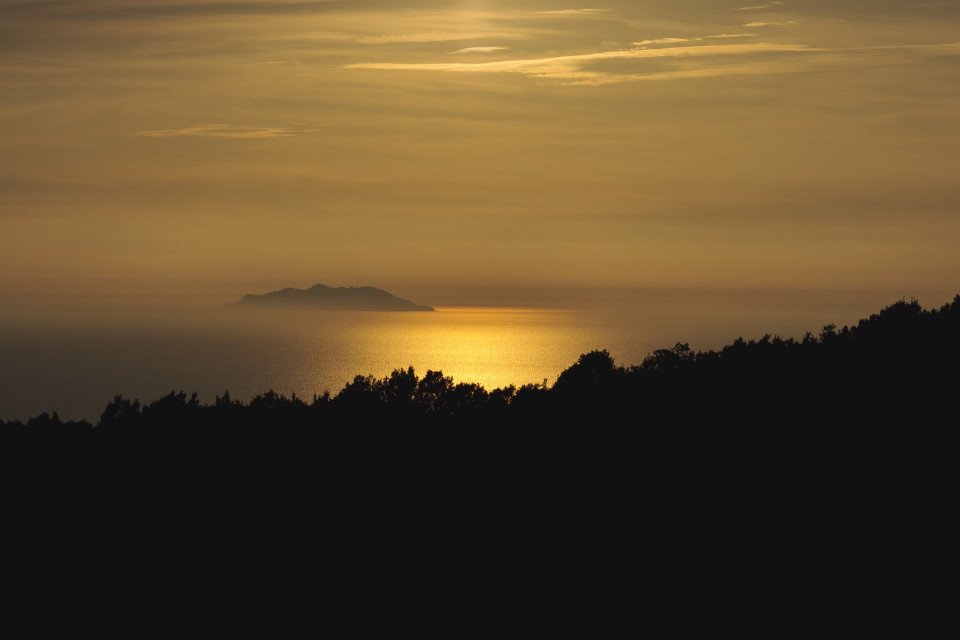

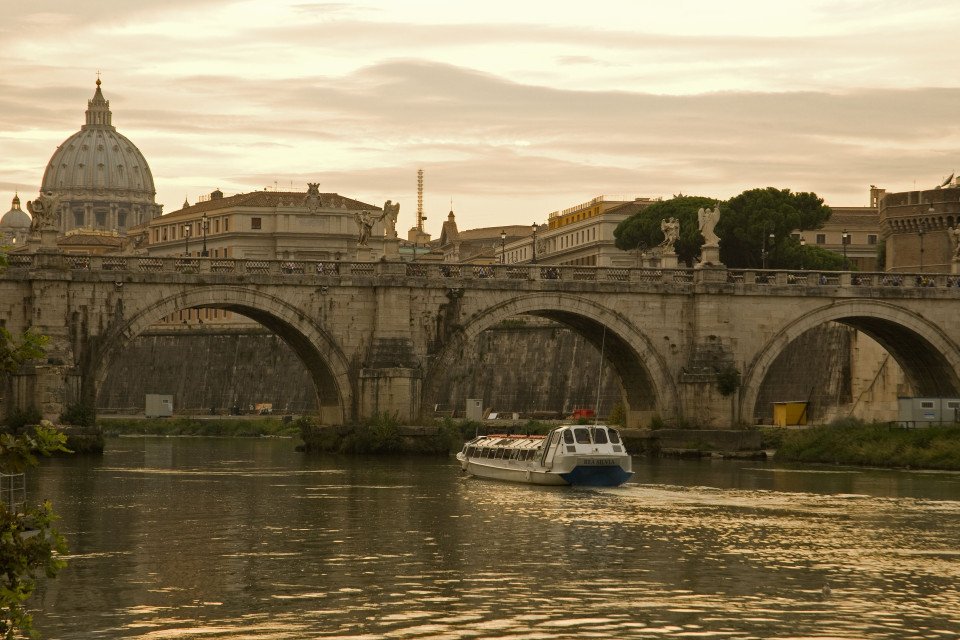
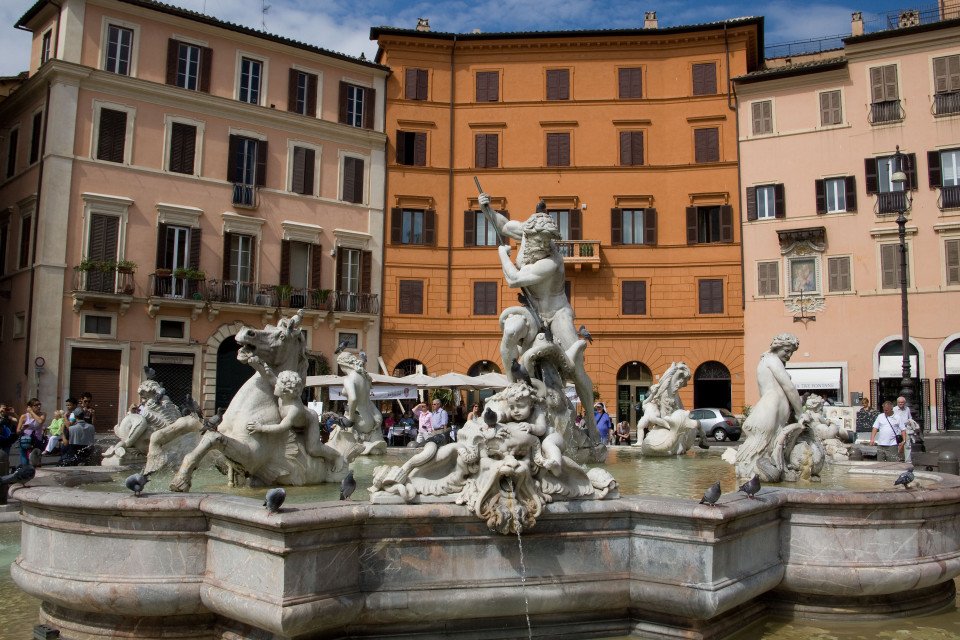
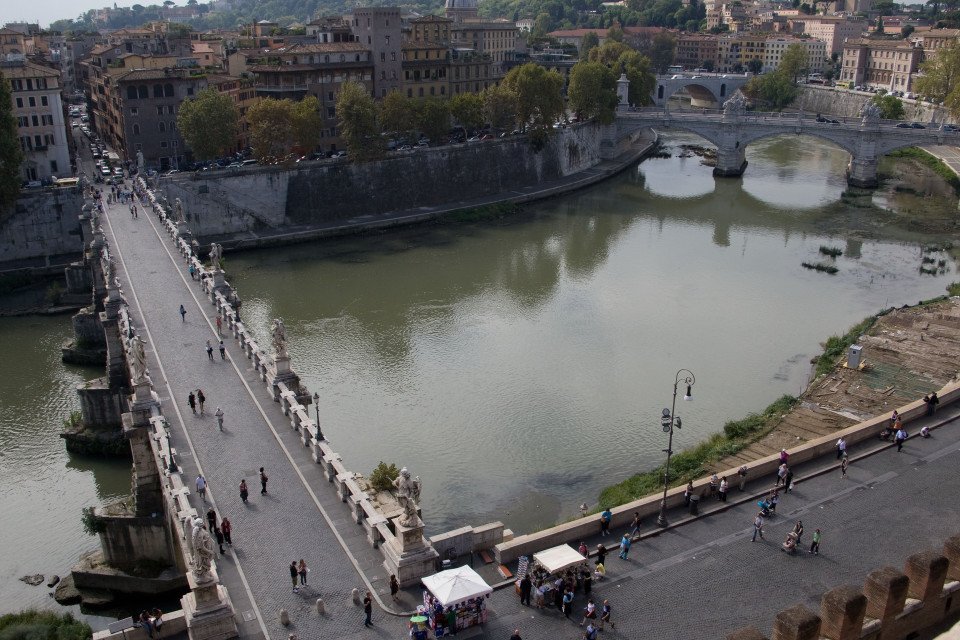
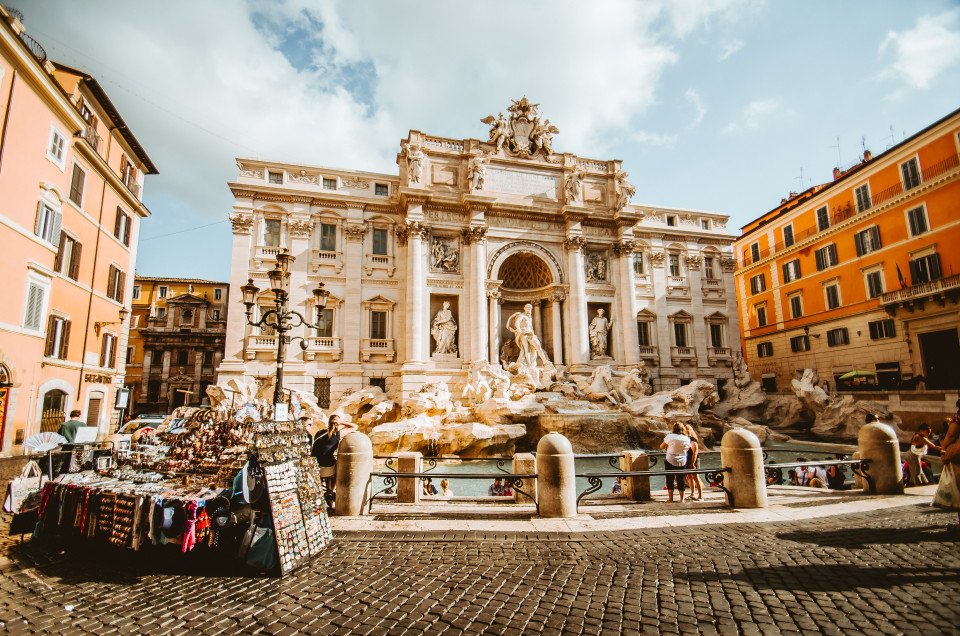








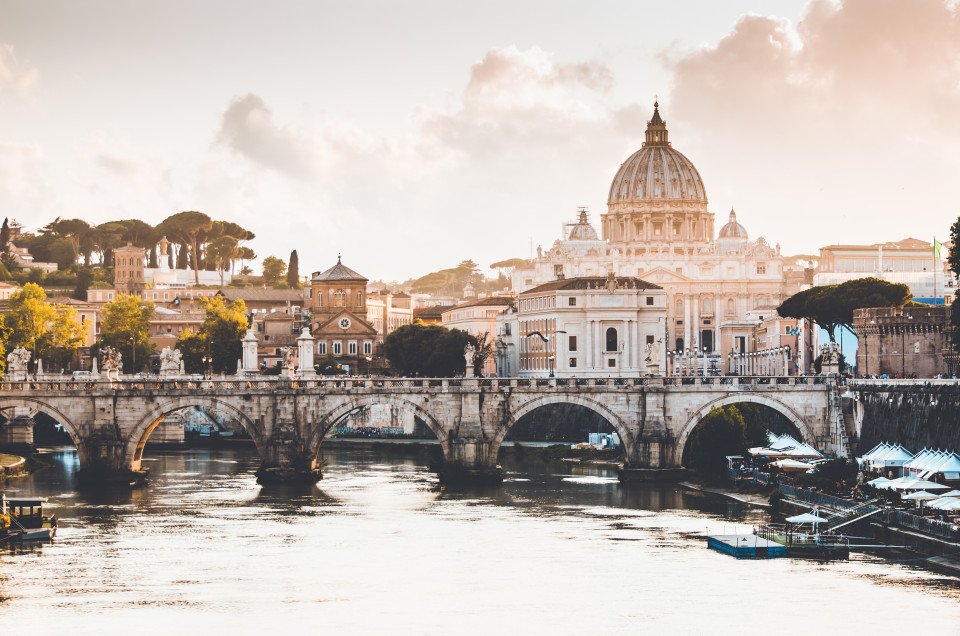










-large_thumb.jpg)






